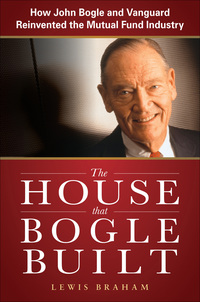Question
Clifford Clark is a recent retiree who is interested in investing some of his savings in corporate bonds. His financial planner has suggested the following
Clifford Clark is a recent retiree who is interested in investing some of his savings in corporate bonds. His financial planner has suggested the following bonds:
o Bond A has a 7% annual coupon, matures in 12 years, and has a $1,000 face value.
o Bond B has a 9% annual coupon, matures in 12 years, and has a $1,000 face value.
o Bond C has an 11% annual coupon, matures in 12 years, and has a $1,000 face value.
Each bond has a yield to maturity of 9%.
a. Before calculating the prices of the bonds, indicate whether each bond is trading at a premium, at a discount, or at par.
b. Calculate the price of each of the three bonds.
c. Calculate the current yield for each of the three bonds. (Hint: Refer to Footnote 7 for the definition of the current yield and to Table 7.1.)
d. If the yield to maturity for each bond remains at 9%, what will be the price of each bond 1 year from now? What is the expected capital gains yield for each bond? What is the expected total return for each bond?
e. Mr. Clark is considering another bond, Bond D. It has an 8% semiannual coupon and a $1,000 face value (i.e., it pays a $40 coupon every 6 months). Bond D is scheduled to mature in 9 years and has a price of $1,150. It is also callable in 5 years at a call price of $1,040.
i. What is the bonds nominal yield to maturity?
ii. What is the bonds nominal yield to call?
iii. If Mr. Clark were to purchase this bond, would he be more likely to receive the yield to maturity or yield to call? Explain your answer.
f. Explain briefly the difference between price risk and reinvestment risk. Which of the following bonds has the most price risk? Which has the most reinvestment risk?
i. A 1-year bond with a 9% annual coupon
ii. A 5-year bond with a 9% annual coupon
iii. A 5-year bond with a zero coupon
iv. A 10-year bond with a 9% annual coupon
v. A 10-year bond with a zero coupon
Step by Step Solution
There are 3 Steps involved in it
Step: 1

Get Instant Access to Expert-Tailored Solutions
See step-by-step solutions with expert insights and AI powered tools for academic success
Step: 2

Step: 3

Ace Your Homework with AI
Get the answers you need in no time with our AI-driven, step-by-step assistance
Get Started


